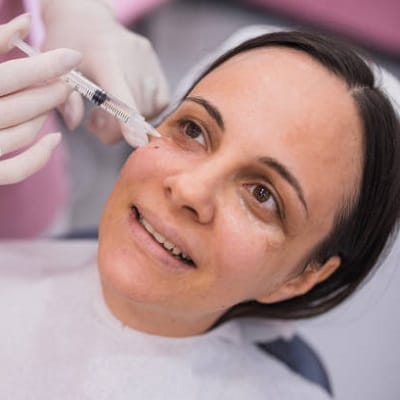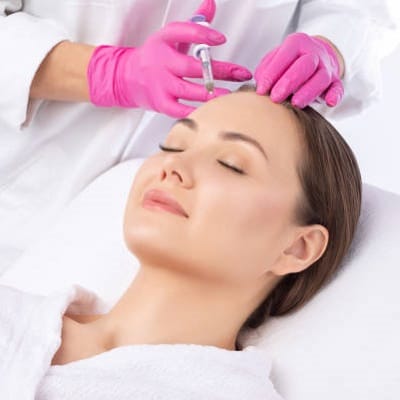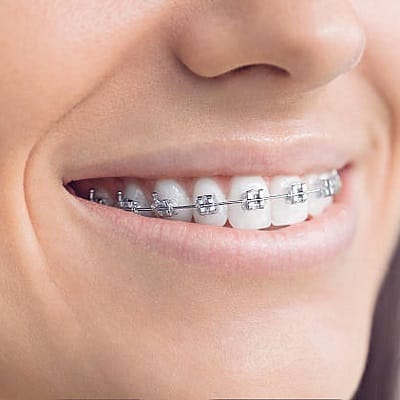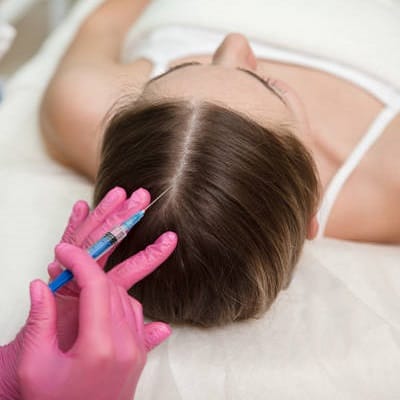Are you sick of dull skin? Or scarring skin that keeps you from the glowing complexion you deserve? What type of therapy is microneedling? If you’ve tried line after line of creams and serums, only to see little to no results, you’re probably frustrated, possibly even hopeless. Skin problems can ruin self-esteem and quality of life.
But what if one had a solution that would naturally and naturally make your skin look plumper and brighter? Imagine a therapy that stimulates the renewal process of your skin, thus enabling much smoother and healthier skin. This is called microneedling-a unique treatment targeting many concerns that help surface to the freshest, brightest looking skin.
What is Microneedling?
Microneedling is a minimally invasive procedure. It punctures the skin with thin needles, and this provokes a reaction in the body, encouraging healing by boosting the production of collagen. Collagen will be required when people’s skin appears young and healthy. Many people choose this, hoping that microneedling could enhance texture and tone. It is also used to shrink pores, erase scars, and the general reduction in the apparent presence of wrinkles. It usually takes a short period, and the time taken off is minimal.
What Type of Therapy is Microneedling?
Microneedling has grown to be one of the most advanced skincare remedies over the previous few years. The majority have such a number of questions as regards the kind of therapy this machine is and honestly how it may help decorate their skin. It is a non-invasive, minimally painful treatment that gives incredible results.
How Does Microneedling work?
The system includes the use of a tiny tool with best needles that inflicts controlled micro-injuries in the dermis. The frame heals these injuries by way of creating new, more healthy pores and skin. This expanded collagen manufacturing tightens the pores and skin and, therefore improves its look.
It desires to be achieved by using an authorized professional, typically a dermatologist or an educated aesthetician. The general manners generally take approximately 30 minutes to an hour depending on the place being treated. It commonly is properly-tolerated with most effective mild discomfort. A few may note redness or moderate swelling that fades within some hours after treatment.
What pores and skin situations Can Microneedling treat?
It is very versatile. The treatment can treat almost any skin condition, such as:
- Fine lines and wrinkles: The boost in collagen helps tighten and firm up the skin, to make it significantly smoother and even more youthful-looking.
- Skin with an uneven texture: That smoothest out skin tone and soothes existing rough patches.
- Hyperpigmentation: It may also lighten dark spots and, therefore, improve the general skin tone.
- Open pores: The infusion of micro-collagen enhances the texture and, therefore, makes pores look more juvenile.
What Are the Benefits of Microneedling?
- Improved Skin Texture: With new skin growth promotion, microneedling pushes the skin to be naturally smooth with no bumps and flush patches.
- Minimal Down Time: Unlike more invasive treatments, microneedling has very minimal recovery time. Most people can return to their normal routine within a day or two.
- Natural Results: Because microneedling acts by utilizing the body’s healing process, the results are natural and gradual.
Is Microneedling Right For You?
Yes, because microneedling is most suitable for any pores and skin type or tone, people with energetic situations which include eczema, rosacea, or lively zits might not be appropriate for the treatment. It’s very important, therefore, to consult with a professional to confirm if it suits you.
Microneedling can be considered for one of the people who want their skin to be better without surgery. It is an effective, naturally derived procedure for commonly seen skin problems and for youthful-looking skin.
What is the cost of Microneedling Treatment in Islamabad?
Microneedling in Islamabad varies in price from PKR 15,000 to PKR 18,000per session. This should generally get you a single session and any touch-ups you might need. Though, more often than not, the prices range from that because of the artist’s location, competition in the area you’re in, their experience, and the overall ambience of the clinic that you are choosing.
Book Your Consultation With Us!
Simply complete the form below or contact us via phone or chat to arrange a Microneedling Treatment in Pakistan. Your appointment will be scheduled and you will receive individual attention from our SKN Cosmetic surgery clinic.










